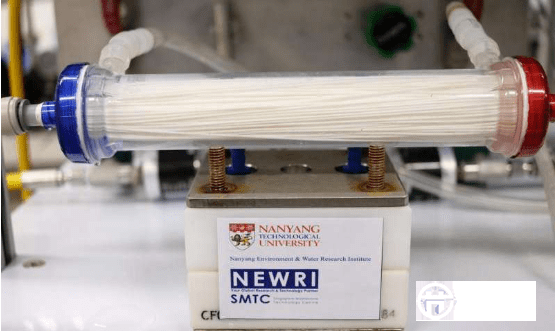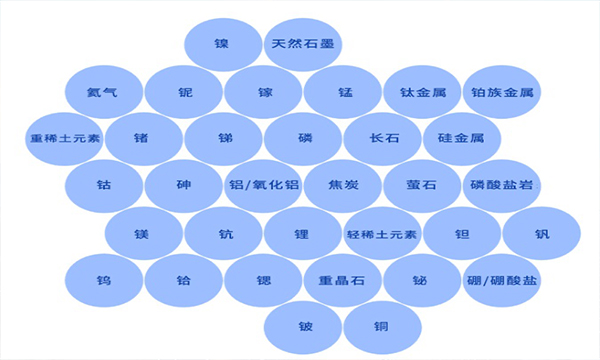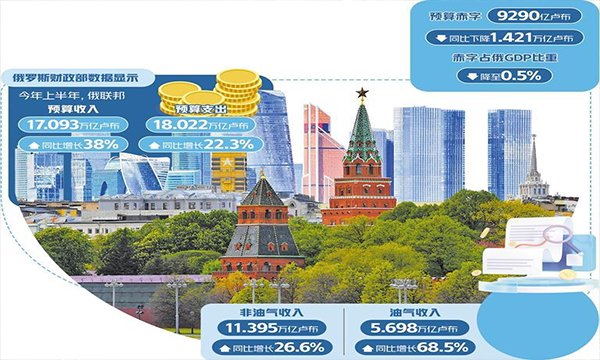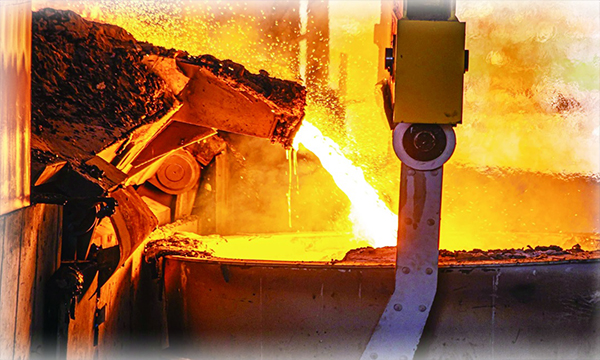
新加坡南洋理工大学的科学家们开发出一种新型纳米过滤器,这种过滤器可以将污水处理中所需的能源消耗量降低5倍。
通常情况下,污水处理过程中水净化的最后一个步骤,超滤(UF)膜过滤掉小颗粒之前,需要使用反渗透(RO)膜。
在反渗透过程中,水在高压下被推动经过精密膜,从而将水分子与残余污染物分离开,这些污染物非常微小,比人类头发丝的宽度还小1000倍,如盐、重金属以及像苯这种有毒化学物质。
这种高水压,通常是10bar以上,意味着大量的能源消耗。
南洋理工大学的专利技术,纳米过滤中空纤维膜在超滤和反渗透中都可以应用,能够将这两个过程结合。
它只需要2bar的水压(这个压力相当于家用压力锅的压力)就能过滤掉相同类型的污染物。它产生的水几乎与通过反渗透过程的水一样纯净。
新加坡南洋理工大学南洋环境和水资源研究所花费了两年时间开发出了这一突破性的技术,目前,该技术正由南洋理工大学的衍生公司De.Mem进行商业化运作。
De.Mem在越南和新加坡拥有12家污水处理厂,该企业将在新加坡建设一个试点生产厂制造这种新型膜。
南洋环境和水资源研究所执行主任,南洋理工大学教授Ng Wun Jern说,对新加坡来说,这项新技术标志着另一个巨大的进步,因为它是市场首创。
“随着城市化进程的加快和全球人口的快速增长,更多的城市和社区在满足日益增长的清洁水和污水处理需求方面,将面临前所未有的挑战,”Ng教授说。
“如果我们试图解决日益增长的清洁水需求,那么世界所需要正是像南洋理工大学新型纳米过滤中空纤维膜这样的创新技术,它能够让我们以较低的成本,处理污水,生产清洁水,而且该技术还具有高可靠性和易于维护的优点。”
南洋环境和水资源研究所膜技术中心主任,南洋理工大学教授Wang Rong领导研究团队设计了新型纳米过滤膜,他表示他们的这项技术已经成熟,可以进入商业生产阶段。
“污水处理产业面临的主要挑战之一是,目前的反渗透过程是能源密集型,需要停机维护,”Wang教授解释道,他是南洋理工大学土木与环境工程学院的主席。
“我们的新型膜非常容易制造,只需利用低成本的化学物质,比传统的化学制品便宜30倍,这使其适合大规模生产。”
De.Mem公司的首席执行官Andreas Kroell先生说,这种新型膜填补了目前污水处理方面的市场空白。
“我们在实验室里已经看到,当我们用新型纳米过滤膜处理工业废水时,生产出的清洁水质量可以与反渗透过程相媲美,而且只需要很低的压力,从而降低了成本,”Kroell说。
“这样一个有效且高效的技术具有巨大的市场潜力,可以应用于许多De.Mem的项目中,包括工业废水的处理。”
在将该技术投入大规模生产之前,De.Mem公司将会在它的工厂进行实际应用,测试这个新型膜技术,以验证它的有效性和效率。
Energy saving filters for wastewater treatment
Scientists at Nanyang Technological University (NTU Singapore) have invented a new type of nanofilter that could reduce the energy needed to treat wastewater by up to five times.
Typically, for the last steps of water purification in a wastewater treatment process, an ultrafiltration (UF) membrane filters out small particles before a reverse osmosis (RO) membrane is used.
In reverse osmosis, water is pushed through an extremely fine membrane at high pressure to separate water molecules from any remaining contaminants which are tiny – about a thousand times smaller than the width of a human hair, such as salt, heavy metals and toxic chemicals like benzene.
This high water pressure, typically 10 bars and above, means that the water pumps need a lot of energy.
However, NTU's proprietary nanofiltration (NF) hollow fibre membrane does away with both ultrafiltration and reverse osmosis, combining the two processes.
It also requires only 2 bars of water pressure, similar to the pressure found in a typical home pressure cooker, to filter out the same type of contaminants. Yet it produces water that is almost as pure as through reverse osmosis.
This breakthrough technology took NTU's Nanyang Environment and Water Research Institute (NEWRI) about two years to develop and is now being commercialised by an NTU spin-off company De.Mem.
De.Mem which owns over a dozen water treatment plants in Vietnam and Singapore, will be building a pilot production plant in Singapore to manufacture the new membranes.
NTU Professor Ng Wun Jern, the executive director of NEWRI, said the new technology marks yet another huge step forward for Singapore, as it will be the first of its kind to hit the market.
"With the increasing urbanisation of cities and fast growing global population, more cities and communities will face an unprecedented challenge to meet its growing demand for clean water and wastewater treatment," Prof Ng said.
"If we are to address the ever increasing demand for clean water, what the world needs are innovative technologies like NTU's new nanofiltration hollow fibre membrane that allow us to treat and produce extremely clean water at a low cost, yet have high reliability and are easy to maintain."
NTU Professor Wang Rong, the director of NEWRI's Singapore Membrane Technology Centre who led the team in designing the new NF membrane, said they had designed it for commercial scale-up and production.
"One of the main challenges faced by the industry is that current reverse osmosis processes are energy intensive, with down time needed for maintenance," explained Prof Wang, who is also the Chair of NTU's School of Civil and Environmental Engineering.
"Our new membrane is also easy to manufacture using low-cost chemicals that are 30 times cheaper than conventional chemicals, making it suitable for mass production."
Mr Andreas Kroell, Chief Executive Officer of De.Mem said the new membrane fills a gap in the current market for water treatment solutions.
"We have seen in the labs that when we treat industrial wastewater with the new nanofiltration membranes, the quality of clean water produced is comparable to reverse osmosis but requires much lower pressure, hence lowering costs," Mr Kroell said.
"Such an effective and efficient technology has significant market potential and can be used in many of De.Mem's projects that involve the treatment of industrial wastewater."
De.Mem will test the new membrane modules in real world usage in its plants to verify its effectiveness and efficiency before scaling up to a full industrial production line.









